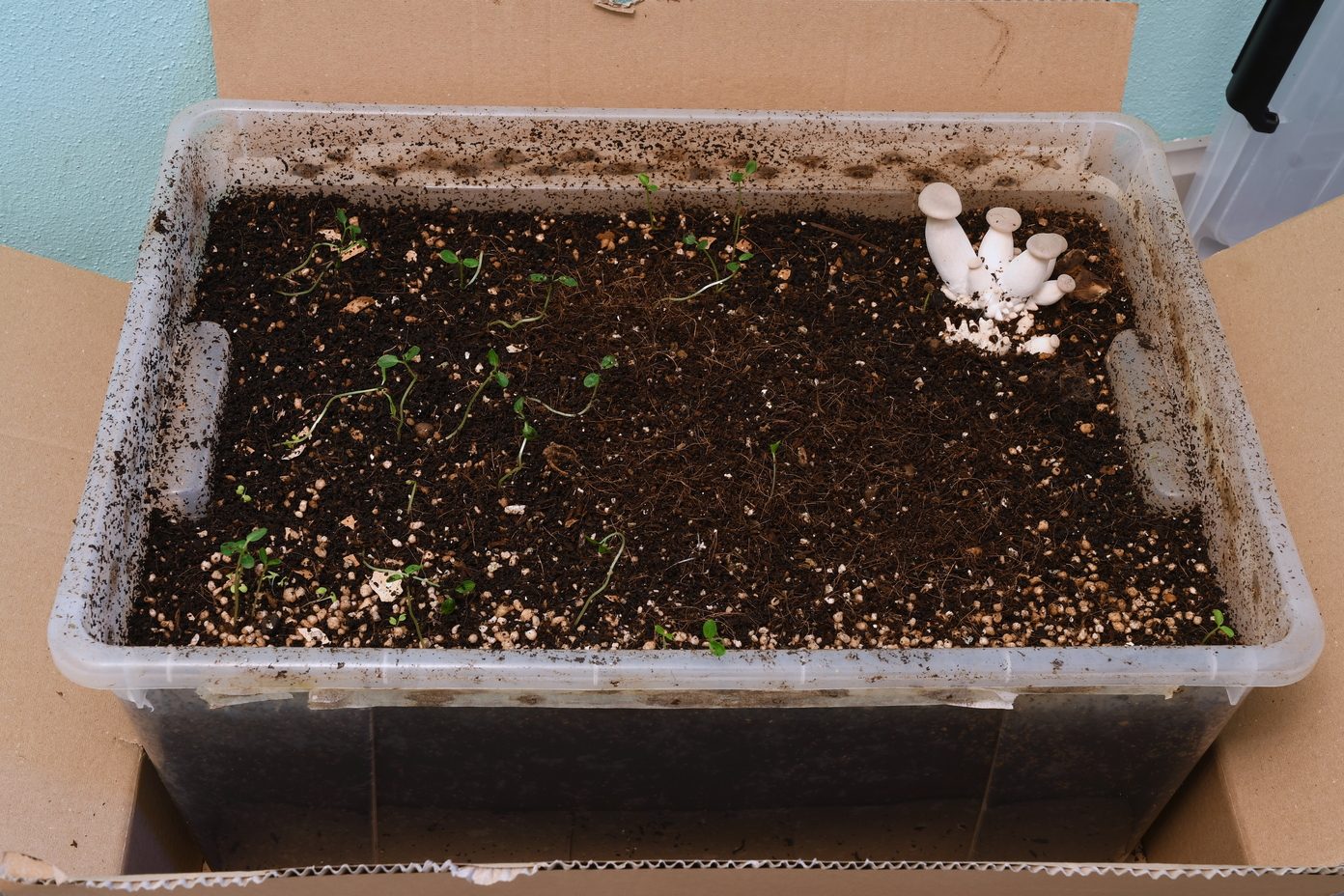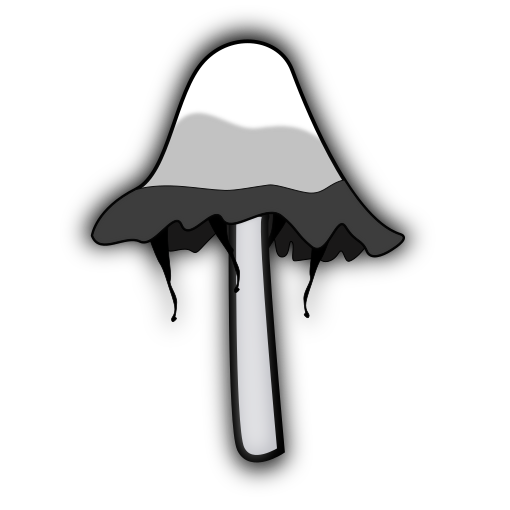
Last year I tried to grow king oyster mushrooms in paper towels (to get an effect similar to this: https://www.fieldforest.net/product/Oyster-TeePee-Kit/Indoor-Introductions). The paper towels were colonized very efficiently, but it stayed several months without fruiting.
Eventually, trichoderma began growing on top of the mycelium, and I gave up, so I put the whole thing into my worm bin.
I was under the impression that any spent mushroom blocks added to the worm bin would be doomed, because of the very competitive environment in the bin (molds, earthrowms, bacteria, springtails, mites, etc…, many of which I thought would eat and out-compete a mushroom)
Welp, I was wrong. It has been easily over 6 months and suddenly I found these very nice fruits just popping up in the bin. These guys are actually quite resilient!
I have learned something new. Mushrooms can indeed survive and fruit in a worm bin!*
* I have thrown spent blocks of several other species and this is the first time that I have seen mushrooms fruiting in the bin.
I’ve had the same issues with stalling before fruiting and trichoderma, for me I think its temperature too low.
Low temperature makes sense. I think that given enough time trichoderma will always find a way. If you move the block into fruiting conditions (which usually will expose the block to the outside air) and the block stalls for some for any reason, trich will eventually grow. Low temperature can definitely be a strong factor.
Interestingly, the trichoderma did not survive one week in the worm bin. It was eaten very quickly and this cleaned up the colonized paper towel roll - which stayed untouched and very white, buried under the compost. I found it a bit annoying when I saw that because it was occupying space without turning into compost, but I thought that given enough time it would eventually decompose too… Turns out it actually did go into fruiting. As spring came there were some large temperature fluctuations over a few weeks, so I think that this was the pinning trigger.
Very nice
Removed by mod



